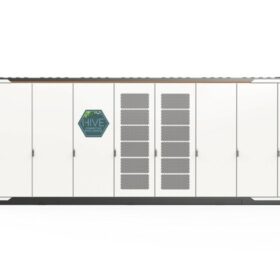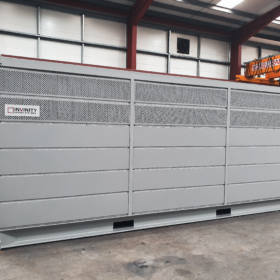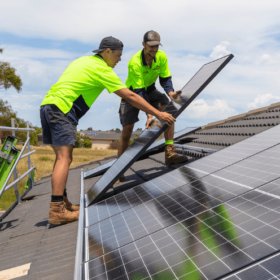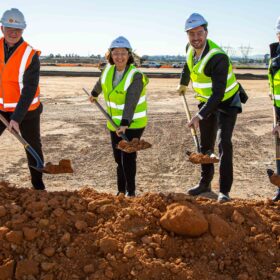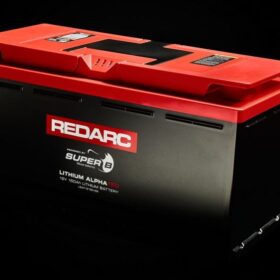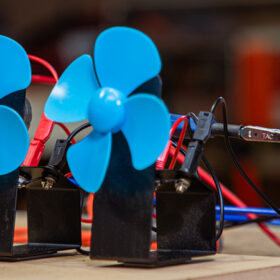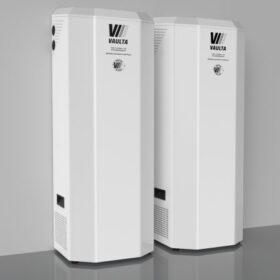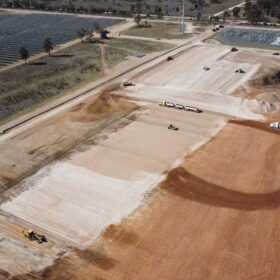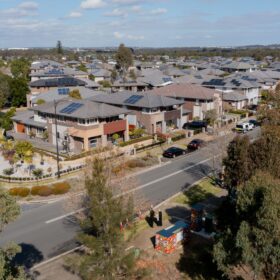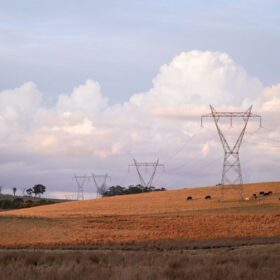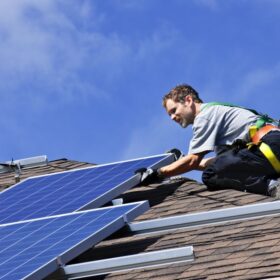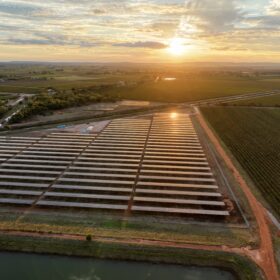CETF counters long lead times with 200 MWh battery ‘hives’
Queensland-based investment platform Clean Energy Transfer Fund intends to circumvent lengthy lead times and major capital outlays associated with grid-scale renewables projects by deploying hundreds of sub 5 MW energy storage units throughout Australia to create coordinated battery ‘hives’ of up to 200 MWh each.
Horizon sets sights on vanadium flow batteries to solve energy storage challenges
Horizon Power, Western Australia’s regional power provider, will deploy a 78 kW/220 kWh vanadium flow battery in the state’s north as it seeks to increase its understanding of how the Australian-born technology can be best utilised to support long periods of 100% renewable energy supply in regional and remote areas.
Victoria pushes switch from gas to all electric
The Victorian government has announced a new $10 million (USD 6.7 million) grants program to provide bulk rebates for the installation of solar panels, solar hot water systems and heat pumps as part of plans for all new homes in the state to be 100% electric from 2024.
Eku begins work on 400 MWh battery to support Victorian storage targets
Energy storage specialist Eku Energy says the 200 MW/400 MWh Rangebank Battery being developed on the outskirts of Melbourne will be operational by the end of next year with early site works having now commenced on the grid-scale project.
Redarc unveils 150 Ah lithium battery
The Alpha 150 battery, produced in the Netherlands by Adelaide-headquarted electronics manufacturer Redarc, has a lifespan of more than 5,000 cycles and a continuous discharge rating of 200 A.
Melbourne researchers target MW scale with proton battery technology
A team of engineers at Melbourne’s RMIT University have developed a rechargeable ‘proton battery’, claiming the technology has the potential, with further development, to store more energy than currently available lithium-ion batteries.
To achieve net zero energy status, solar-powered buildings should not exceed 10 floors
Researchers in Canada have found that nearly zero-energy buildings (NZEBs) with on-site solar energy generation should not exceed an energy use intensity (EUI) of 50 kWh/m2a, which they said corresponds to a maximum of 10 floors. They also ascertained that the maximum permitted EUI by net-zero energy status is 17–28 kWh/m2a.
Queensland manufacturer launches 5.12 kWh battery for residential market
Australian battery technology company Vaulta has unveiled its first dedicated residential battery with the small-scale energy storage system purportedly able to operate for 4,000 cycles with an 80% depth of discharge.
Neoen boosts Western Downs Battery capacity to 540 MWh
Renewable energy developer Neoen will scale up the installed capacity of the Western Downs Battery being built in Queensland to 270 MW/540 MWh as it looks to keep pace with rising demand for energy storage and realise opportunities across Australia’s evolving energy system.
NSW network operator puts community battery tech to test
A grid-connected community battery has gone live in Sydney’s western suburbs with New South Wales electricity distributor Endeavour Energy trialling the technology as a means to maximise the benefits of rooftop solar generation and more efficiently manage supply and demand in the network.
